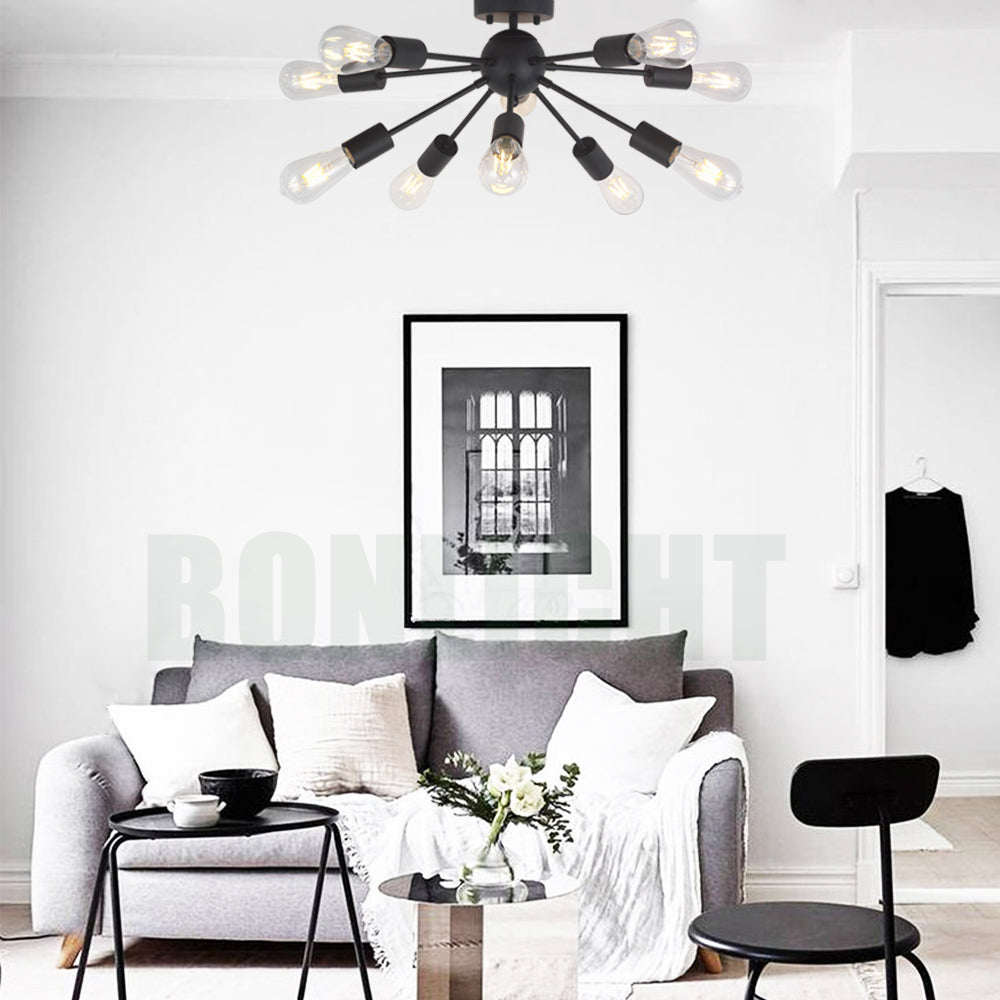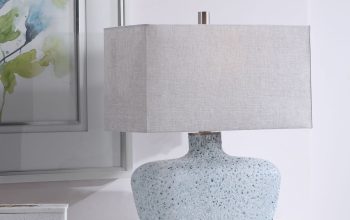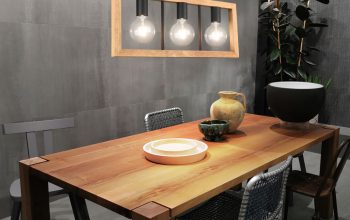Introduction
Japanese bird cages are a work of art, crafted with intricate designs and patterns woven into the wire. They are not just a functional object but also a decoration piece that represents the beauty and simplicity of Japanese culture. In this article, we will explore the history and development of Japanese bird cages, the artistry that goes into their design, and their role as a cultural symbol in Japan.
The History and Development of Japanese Bird Cages
Japanese bird cage making can be traced back to the Edo period, where it was originally used for falconry. However, over time, they became less functional and evolved into a work of art. The technique of weaving wires to make cages was perfected by Japanese craftsmen, who infused beauty and elegance into them. These cages were exported to other countries and became known as “Japanese bird cages.”
The Artistry of Japanese Bird Cages
The artistry and design of Japanese bird cages are what sets them apart from other bird cages. Each cage is handcrafted, and the wire is carefully woven to form patterns and designs that are unique to each cage. Some cages are made with bamboo, wood, or lacquer, with more intricate designs that incorporate other materials to add to their beauty.
The Cultural Significance of Japanese Bird Cages
Japanese bird cages have a cultural significance in Japan that goes beyond their functionality and beauty. They represent the traditional Japanese value of simplicity, as well as a connection to nature. The cages are often designed to resemble natural scenes, such as a cherry blossom tree or a bamboo forest. They also have a spiritual significance in Japan, as they are believed to bring good luck and prosperity to the household.




